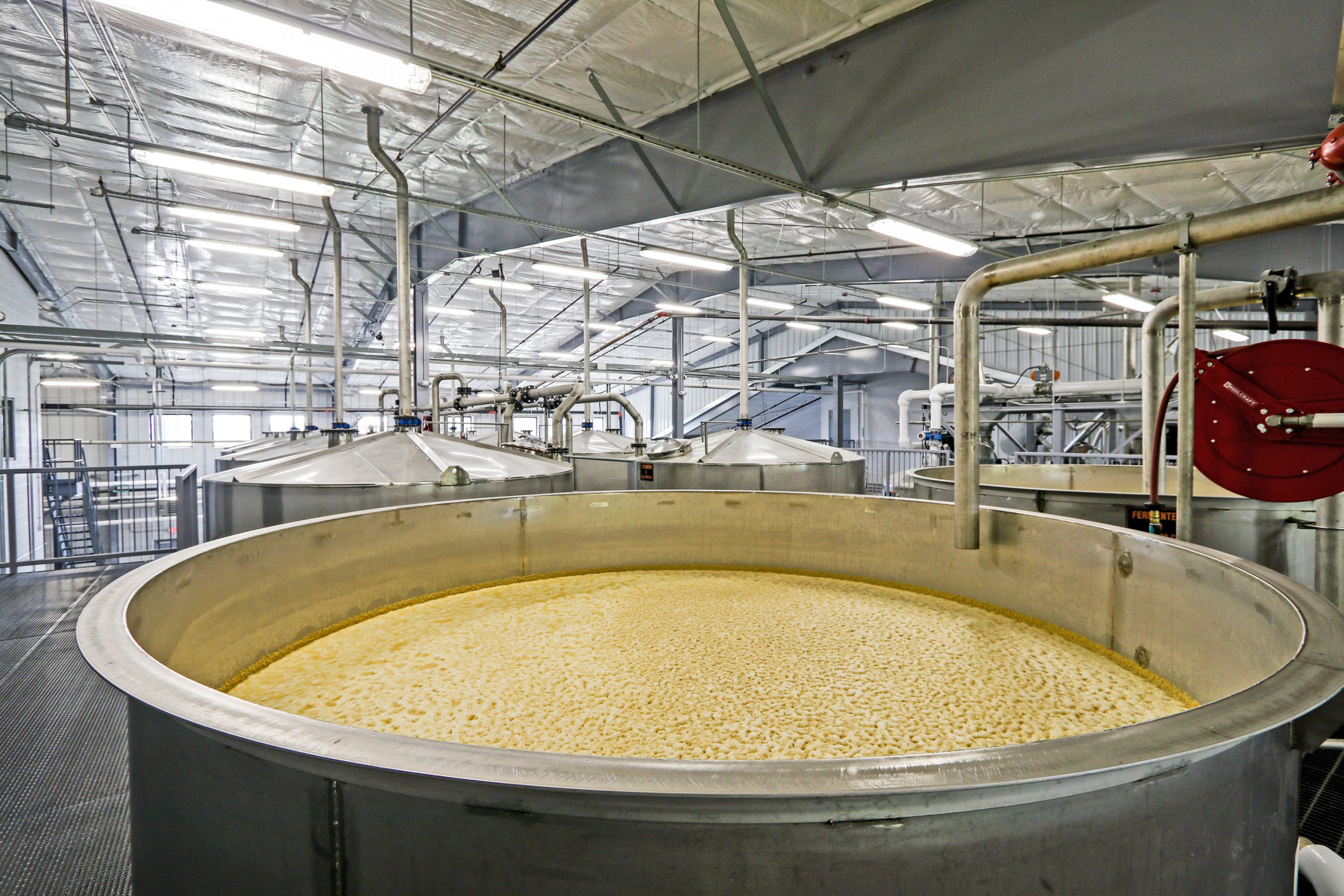
A bourbon whiskey mash bill is a combination of grains used in a distiller’s recipe to create the distiller’s beer. A mash bill consists of some percentage of corn, malted barley, rye, and/or wheat. Essentially, if it’s a whiskey or bourbon, it needs a mash bill to get the process started.
And that mash bill dramatically affects the balance and flavor of the spirit.
What the Mash Bill Does
A bourbon or whiskey mash bill with a high percentage of corn will typically be sweeter than one with a lower percentage of corn. On the flipside, if there is a high percentage of rye, the final product is spicier. You probably notice this when switching between Rebel Bourbon and Rebel Straight Rye Whiskey. Throughout history, distillers across different regions created mash bills by using whatever was readily available and cheap. For most whiskey distillers, it was about creating alcohol they could sell quickly. As you can imagine, that means the flavors, proofs, and side effects of early whiskeys and bourbons were inconsistent, unbalanced, and overall not very good.
In 1909, the United States began defining what constitutes a whiskey or bourbon. There are now rules and laws that determine what distillers can label as bourbon or whiskey. One of those laws says that, for bourbon, a mash bill has to contain at least 51% corn.
Rebel Bourbon’s Mash Bill
Some distillers keep their mash bills a secret. For most products on the market, however, you can find their mash bill percentages online. Here at Rebel, we decide to be very transparent about our mash bill.
Rebel Bourbon is a defiantly smooth wheated bourbon, so it is 68% corn, 20% wheat, and 12% malted barley. In contrast, our Rebel Rye Whiskey (it’s a whiskey, not a bourbon) is 51% rye and 49% corn. And we happen to think they’re both perfect that way.
The Distiller Determines the Mash Bill
Besides the percentages of corn, the main difference between mash bills is whether distillers choose rye or wheat as their flavoring grain and/or malted barley. Determining the final recipe is made by the person with the best palate, the master distiller. Typically, this happens after many rounds of testing before reaching their desired flavor profile.
How You Can See The Mash Bill in Action
A tour of Lux Row Distillers in Bardstown, Kentucky, is the best place to see our mash bills and whiskey-making process in action. Early on in the tour, you’ll notice several massive drums. In those drums, there is an oatmeal-like product going through different stages of fermentation. That is the mash bill. On day one, the mash bill tastes very sweet due to the concentration of corn and sugars. However, on days two, three, and four, the flavor becomes sour from the sugars turning into alcohol. This change happens when the yeast in the mash begins to eat the sugars, producing carbon dioxide, alcohol, and heat. If you put your hand over the tank, you’ll feel that heat. If you were to put your face over the tank and take a deep breath, the carbon dioxide would cause your knees to buckle-so don’t do that.
What’s unique about Lux Row Distillers is that it’s home to five distinct bourbon whiskey brands: Rebel Bourbon, Ezra Brooks, Daviess County, David Nicholson, and Blood Oath. The tour offers a one-of-a-kind perspective on the whiskey-making process that starts with a 45-minute tour of the distillery followed by a 15-minute educational bourbon tasting seminar.
You can learn more about mash bills by booking a distillery tour or watching this virtual tour on YouTube.
